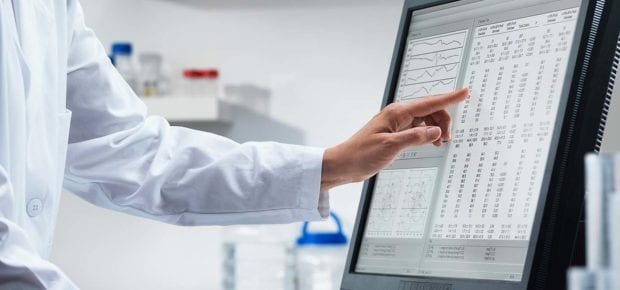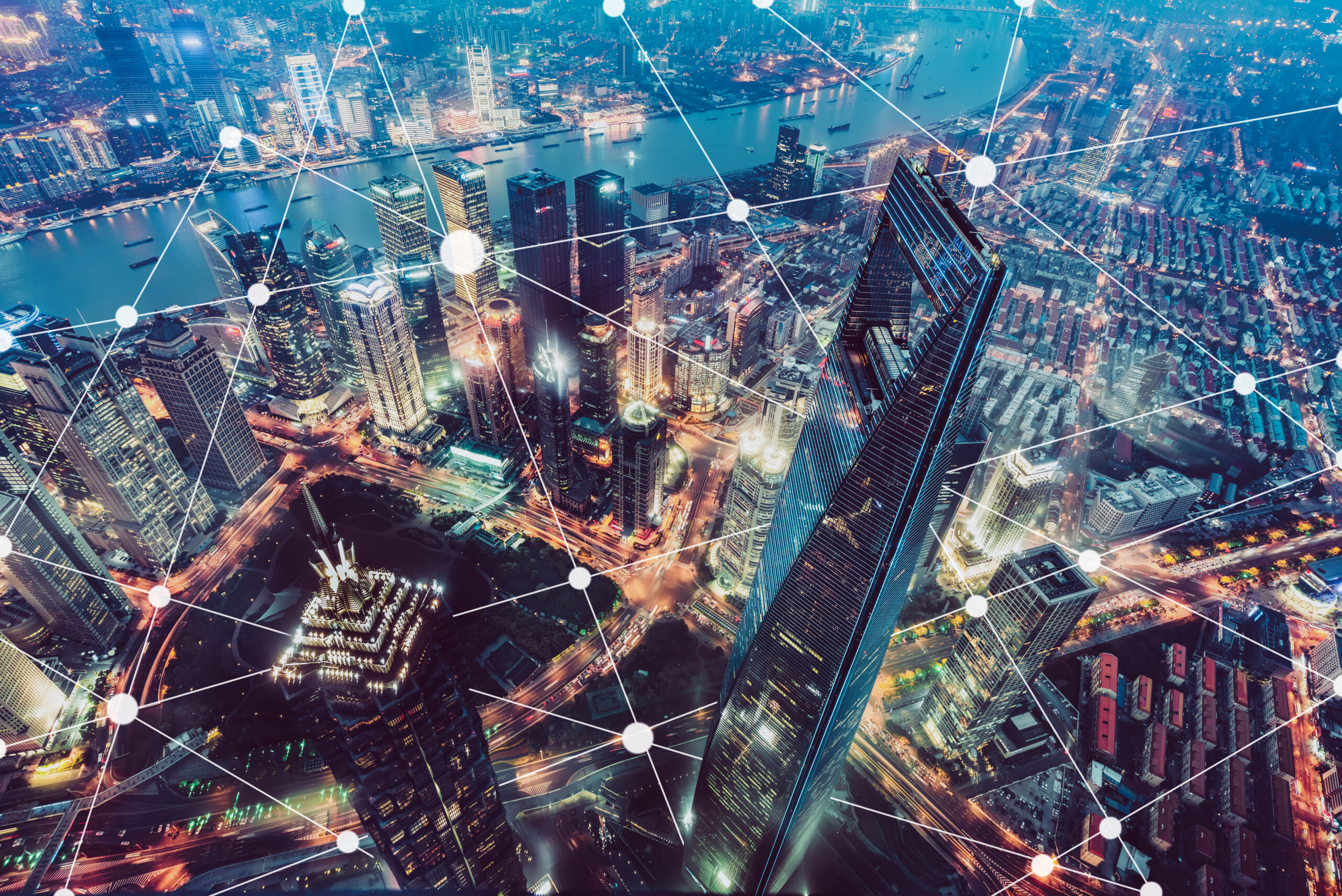April 3, 2019
We’ve never had more information about our health stored electronically than we do today, and the quantity being generated is steadily increasing. Wearables track our every step and heartbeat, test results can be viewed online, hospitals are using more IoT devices to help with our care – the list goes on.
Protecting that data has been a struggle for some time. The United States passed legislation called HIPAA in 1996 to help keep medical information private. In 2016, a string of ransomware attacks across the United States and Canada frequently made the news for locking down hospital systems and patient data.
Between the data generated within medical institutions and the data we generate on our own through medical devices, apps and at-home test kits, there’s no shortage of privacy and security challenges.
This is reflected in the statistics: a popular paper from IEEE Access points out several reports, one of which found that 40% of the 43 health and fitness apps they inspected “imply high risk” to users’ privacy. Another found that of 24,000 health-related apps for iOS and Android, “95.63% of the apps pose at least some potential damage through information security and privacy infringement.”
For hospitals, the threat surface is varied and hard to manage. According to Kayne McGladrey, IEEE Member and Director of Security and Information Technology at Pensar Development, “Medical institutions are deploying an increasing array of IoT devices from a variety of vendors. This is not always by choice of the medical institution; rather, as vendors have connected all of their products to the Internet, it forces buyers to adopt heterogeneous IoT technologies.”
Features that are meant to make life easier can also contribute to the issue. Karen Panetta, IEEE Fellow and Dean of Graduate Education, Tufts University, says “Third-party modules, add-ons, guest accounts and remote accessibility continue to be the access points of choice for these attacks.”
A main reason ransomware attacks have continued is that they’re still profitable. It’s easy to get hung up on the injustice – after all, incapacitating a hospital’s computer system when people are receiving life-saving treatment isn’t easy to stomach. But hospitals often pay the asking price that the hackers set. Why?
McGladrey’s answer is simple: “The costs associated with paying a ransom in these environments would be considerably lower than the litigation and fines if people were to be harmed by the lack of availability or the destruction of medical data.”
In some situations, attackers will go after individuals instead of institutions. When Panetta sees patients get targeted, she says it’s typically because “most patients, especially the elderly, are vulnerable and more likely to provide a payment on demand from requests that seem to come from sources that appear knowledgeable about their private information.”
While the threats are well documented, several ideas on how to improve the situation are emerging. An incoming concept that’s frequently brought up is the use of machine learning to identify and analyze attack patterns. “With this, they can avoid and even anticipate some attacks on systems in general and medical institutions in particular,” says Andre Gradvohl, IEEE Member and Professor at University of Campinas.
Another idea proposed in an IEEE Access paper is authenticating health data with facial recognition, so that only people with proper permission are able to access it. Since this type of authentication has already made its way to phones, it could make for a smooth adoption process.
There’s also been some research into directly transmitting health data via satellite from hospitals to avoid any reliance on local networks that might be insecure. This would be particularly useful in rural areas that could also benefit from the increased connectivity to other medical hubs.





 Liquid Infrastructure: Our Planet's Most Precious Resource
Liquid Infrastructure: Our Planet's Most Precious Resource The Impact of Technology in 2025
The Impact of Technology in 2025 Quantum and AI: Safeguards or Threats to Cybersecurity?
Quantum and AI: Safeguards or Threats to Cybersecurity? Why AI Can't Live Without Us
Why AI Can't Live Without Us Bits, Bytes, Buildings and Bridges: Digital-Driven Infrastructure
Bits, Bytes, Buildings and Bridges: Digital-Driven Infrastructure Impact of Technology in 2024
Impact of Technology in 2024 Emerging AI Cybersecurity Challenges and Solutions
Emerging AI Cybersecurity Challenges and Solutions The Skies are Unlimited
The Skies are Unlimited Smart Cities 2030: How Tech is Reshaping Urbanscapes
Smart Cities 2030: How Tech is Reshaping Urbanscapes Impact of Technology 2023
Impact of Technology 2023 Cybersecurity for Life-Changing Innovations
Cybersecurity for Life-Changing Innovations Smarter Wearables Healthier Life
Smarter Wearables Healthier Life Infrastructure In Motion
Infrastructure In Motion The Impact of Tech in 2022 and Beyond
The Impact of Tech in 2022 and Beyond Cybersecurity, Technology and Protecting Our World
Cybersecurity, Technology and Protecting Our World How Technology Helps us Understand Our Health and Wellness
How Technology Helps us Understand Our Health and Wellness The Resilience of Humanity
The Resilience of Humanity Harnessing and Sustaining our Natural Resources
Harnessing and Sustaining our Natural Resources Creating Healthy Spaces Through Technology
Creating Healthy Spaces Through Technology Exceptional Infrastructure Challenges, Technology and Humanity
Exceptional Infrastructure Challenges, Technology and Humanity The Global Impact of IEEE's 802 Standards
The Global Impact of IEEE's 802 Standards Scenes of our Cyber Lives: The Security Threats and Technology Solutions Protecting Us
Scenes of our Cyber Lives: The Security Threats and Technology Solutions Protecting Us How Millennial Parents are Embracing Health and Wellness Technologies for Their Generation Alpha Kids
How Millennial Parents are Embracing Health and Wellness Technologies for Their Generation Alpha Kids Space Exploration, Technology and Our Lives
Space Exploration, Technology and Our Lives Global Innovation and the Environment
Global Innovation and the Environment How Technology, Privacy and Security are Changing Each Other (And Us)
How Technology, Privacy and Security are Changing Each Other (And Us) Find us in booth 31506, LVCC South Hall 3 and experience the Technology Moon Walk
Find us in booth 31506, LVCC South Hall 3 and experience the Technology Moon Walk Virtual and Mixed Reality
Virtual and Mixed Reality How Robots are Improving our Health
How Robots are Improving our Health IEEE Experts and the Robots They are Teaching
IEEE Experts and the Robots They are Teaching See how millennial parents around the world see AI impacting the lives of their tech-infused offspring
See how millennial parents around the world see AI impacting the lives of their tech-infused offspring Take the journey from farm to table and learn how IoT will help us reach the rising demand for food production
Take the journey from farm to table and learn how IoT will help us reach the rising demand for food production Watch technical experts discuss the latest cyber threats
Watch technical experts discuss the latest cyber threats Explore how researchers, teachers, explorers, healthcare and medical professionals use immersive technologies
Explore how researchers, teachers, explorers, healthcare and medical professionals use immersive technologies Follow the timeline to see how Generation AI will be impacted by technology
Follow the timeline to see how Generation AI will be impacted by technology Learn how your IoT data can be used by experiencing a day in a connected life
Learn how your IoT data can be used by experiencing a day in a connected life Listen to technical experts discuss the biggest security threats today
Listen to technical experts discuss the biggest security threats today See how tech has influenced and evolved with the Games
See how tech has influenced and evolved with the Games Enter our virtual home to explore the IoT (Internet of Things) technologies
Enter our virtual home to explore the IoT (Internet of Things) technologies Explore an interactive map showcasing exciting innovations in robotics
Explore an interactive map showcasing exciting innovations in robotics Interactively explore A.I. in recent Hollywood movies
Interactively explore A.I. in recent Hollywood movies Get immersed in technologies that will improve patients' lives
Get immersed in technologies that will improve patients' lives